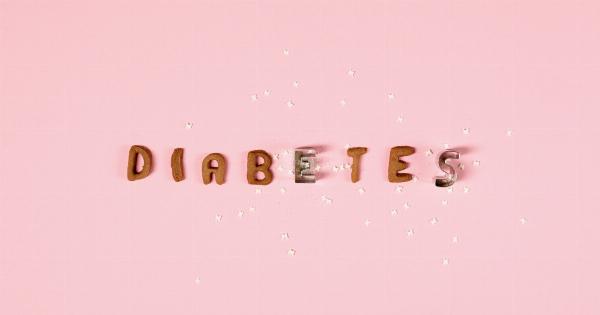Baby-led weaning is a feeding practice that allows babies to feed themselves solid foods from the very beginning of their feeding journey.
This means that babies are given finger foods and cutlery to explore and feed themselves, rather than relying on purees and spoon-feeding from an adult. This approach can help to promote self-regulated eating habits and prevent overeating, which can ultimately combat the issue of child obesity.
The Benefits of Baby-Led Weaning
There are several benefits to this approach, including:.
- Improved Hand-Eye Coordination: Baby-led weaning encourages babies to use their hands and fingers to pick up and manipulate food, which can enhance their hand-eye coordination and fine motor skills.
- Promotes Self-Regulation: By allowing babies to choose what and how much they want to eat, baby-led weaning can help to promote self-regulated eating habits. This can prevent overeating and support healthy weight management in the long term.
- Fosters a Positive Relationship with Food: Baby-led weaning can help to foster a positive relationship with food by allowing babies to explore and enjoy a wide variety of flavors and textures. This can prevent picky eating and food aversions later in life.
- Strengthens Oral Skills: Baby-led weaning can help to strengthen babies’ oral skills by encouraging them to chew and swallow solid foods from an early age.
How to Get Started with Baby-Led Weaning
If you’re interested in trying out baby-led weaning with your baby, below are a few tips to get you started:.
- Wait until Your Baby is Ready: It’s important to wait until your baby is developmentally ready for solid foods before starting baby-led weaning. This typically occurs around 6 months of age, when your baby can sit upright and has good head and neck control.
- Choose the Right Foods: Start with soft, easy-to-grip foods that are cut into small pieces. Some good options include cooked sweet potato, soft avocado, and ripe banana.
- Be Present: Always supervise your baby during mealtimes and be prepared to intervene if necessary. Choking is a potential risk with baby-led weaning, so it’s important to be aware of the signs and have a plan in case of an emergency.
- Encourage Exploration: Encourage your baby to explore their food by allowing them to touch, taste, and manipulate it in their hands and mouths. Don’t worry about the mess – this is all part of the learning process!
- Be Patient: Baby-led weaning can be a slow process, so be patient and don’t expect your baby to eat a lot in the beginning. It’s important to allow your baby to eat at their own pace and trust that they will eat what they need.
The Connection Between Baby-Led Weaning and Child Obesity
Child obesity is a widespread problem that can have serious and long-lasting health consequences.
According to data from the World Health Organization, the global prevalence of obesity among children and adolescents has risen tenfold in the past four decades. Adopting the baby-led weaning approach can be an effective way to combat this issue.
Research has shown that baby-led weaning can help prevent overeating and promote self-regulation, which can ultimately lead to healthy weight management in the long term.
One study published in the journal Pediatrics found that children who were introduced to solids using a baby-led approach had lower rates of overweight and obesity at 2, 3, and 4 years of age compared to those who were spoon-fed purees.
While more research is needed to fully understand the link between baby-led weaning and child obesity prevention, the evidence thus far suggests that this approach can be a promising strategy in the fight against childhood obesity.
The Bottom Line
Baby-led weaning is a feeding approach that can help promote self-regulated eating habits and prevent overeating in babies.
By allowing babies to feed themselves solid foods from the beginning of their feeding journey, this approach can help to foster a positive relationship with food and ultimately combat the issue of child obesity.






























